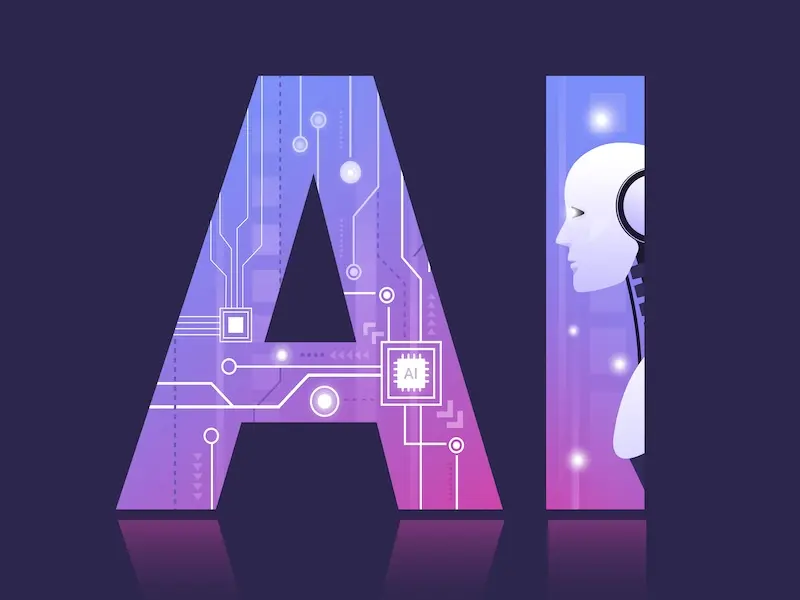- Artificial Intelligence enables machines to perform tasks that mimic human intelligence, including decision-making, learning, and pattern recognition.
- An algorithm is a specific set of rules or instructions that machines follow to solve a problem or complete a task.
AI and algorithms are closely related but distinct concepts in technology. Understanding their differences can help clarify how modern AI systems operate and how they utilise algorithms in intelligent decision-making processes.
What is an algorithm?
An algorithm is a finite, well-defined sequence of computational instructions used to perform a specific task. These instructions take input, process it according to the rules, and produce an output. Algorithms follow a step-by-step procedure to solve a problem, but they are limited to what is explicitly coded into them. They don’t learn or adapt from experience; they merely process information exactly as programmed.
How does AI work?
AI, on the other hand, incorporates learning and adaptability into its functions. AI systems use a series of algorithms to analyse data, recognise patterns, and make decisions. However, AI goes beyond simple rule-based execution; it includes technologies like machine learning and deep learning, which allow the system to learn from data. Unlike traditional algorithms, AI can adjust and optimise its performance over time based on new information, making it much more dynamic and flexible.
Also read: Dell’s AI strategy drives up revenue forecasts
Also read: Interview with Adam Zhou from Novita AI: Driving innovation in AI solutions
Why is AI more advanced than algorithms?
The major advantage of AI is its ability to self-improve. AI technologies, such as neural networks and deep learning models, can modify their underlying algorithms as they process more data, making AI capable of handling complex and unstructured tasks, such as image recognition and language translation. While algorithms are fixed, AI-driven systems evolve, allowing them to perform tasks that would be impossible with traditional algorithms alone.
By combining these layers of algorithms with the capacity for learning, AI represents a significant leap forward in computing, making it far more versatile than algorithms that rely solely on pre-defined logic.

